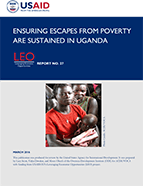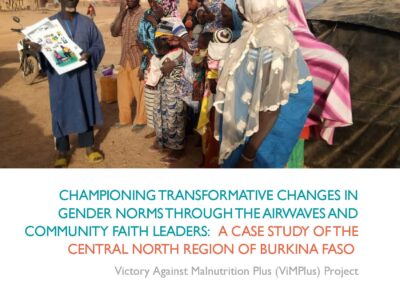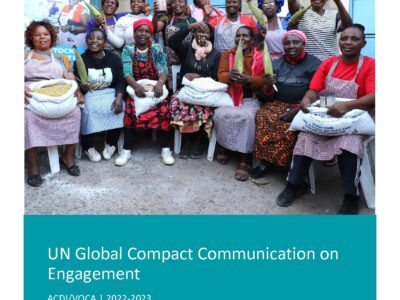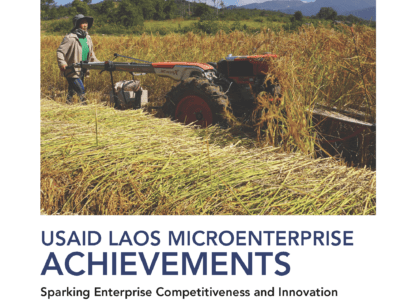
Since the early 1990s, Uganda has experienced substantial reductions in poverty. Using the national poverty line, the poverty headcount has declined from 56 percent in 1992/93 to just over 20 percent in 2012/13. Economic growth, the end of conflict, and sound macroeconomic management have all contributed strongly to this success. However, as people have moved out of poverty, the number of people living at a level less than twice the poverty line—termed the ‘insecure non-poor’ in the Ugandan context—has risen. In 2012/2013, as many as 14.7 million people were ‘insecure non-poor’ meaning they were extremely vulnerable to falling into poverty in the event of shocks or stressors, such as drought or an episode of ill-health.
The specific focus of this report is on ‘transitory escapes’, i.e., on those households which, having successfully escaped from poverty, return to living in it once again. Analysis of the Uganda National Panel Survey (UNPS) reveals that transitory escapes are a significant phenomenon in Uganda. In particular, between 2005 and 2011, 9% of all households experienced a transitory escape from poverty. Of those households that escaped poverty between 2005 and 2009, around 40% were again living in poverty by 2011. The fact that many people escape poverty only to live at a condition just above the poverty line is a contributory factor for the high level of transitory escapes in Uganda.
This report combines analysis of UNPS data with qualitative research approaches; key informant interviews, life histories and participatory wealth ranking to investigate further the drivers of transitory poverty escapes. Specifically, it examines why some households are able to escape poverty and remain out of it—that is, they experience sustained escapes from poverty—while others escape poverty only to return to living in it again in the future. The report investigates the resources (land, livestock, and value of assets), attributes (household composition, and education level) and activities (including jobs, and engagement in non-farm enterprises) of households which enable them to escape poverty sustainably and minimize the likelihood of transitory escapes. It disaggregates these findings by sex of the household head, arguing that different factors are associated with transitory escapes for female-headed households than for their male counterparts.
What matters? Specific findings include the following:





